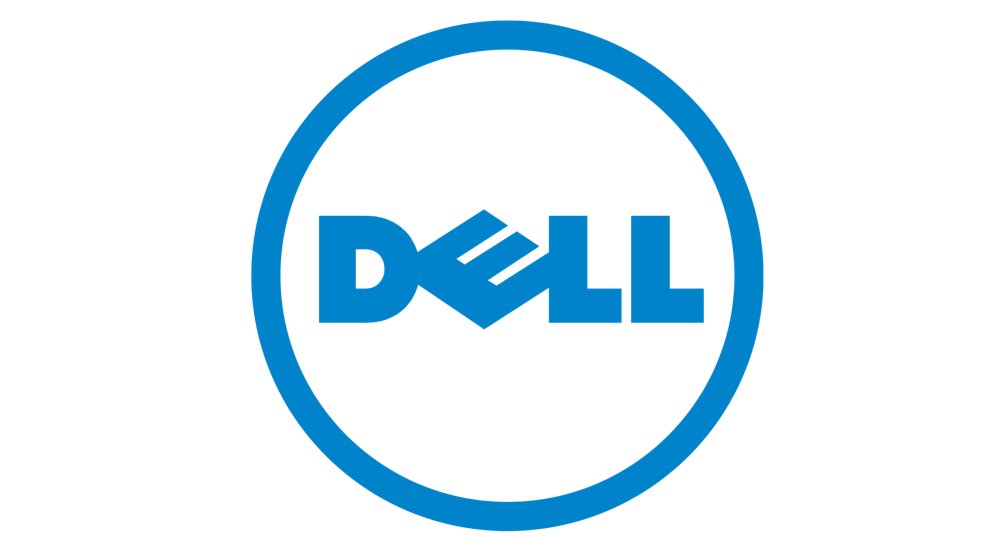
The Dell and EMC merger is a landmark case in the technology industry, representing one of the largest technology acquisitions in history. Announced on October 12, 2015, Dell acquired EMC in a cash and stock deal valued at a staggering $74 billion. This merger combined Dell’s enterprise server, personal computer, and mobile businesses with EMC’s enterprise storage business, creating a powerhouse in the technology sector.
Company Background
Dell Inc.
was founded in 1984 by Michael Dell and is known for its direct sales model of PCs and later for expanding into servers and other technology products. Dell has been a significant player in the personal computer market and has sought to diversify its product offerings over the years.
EMC Corporation
founded in 1979, was a leader in data storage solutions, providing essential computer storage products to businesses worldwide. EMC was known for its innovative storage systems and services, which were crucial for managing the growing data needs of enterprises.
The Merger
The merger between Dell and EMC was completed on September 7, 2016, creating Dell Technologies, the world’s largest privately controlled technology company. The deal was structured such that Dell paid $24.05 per share of EMC and $9.05 per share of tracking stock in VMware. EMC shareholders received 0.11146 shares of new tracking stock for each EMC share. This strategic move was aimed at transforming Dell into a one-stop shop for business customers, offering a comprehensive technology portfolio.
Significance
- Market Leadership: Post-merger, Dell Technologies became the world’s number one seller of storage systems, secured the number two market position in servers, and held the number three position in personal computers. This positioned Dell Technologies as a market leader with a broad technology portfolio.
- Technological Portfolio Expansion: The merger expanded Dell’s technology portfolio to include hybrid cloud, software-defined data center, converged infrastructure, platform as a service, data analytics, mobility, and cybersecurity. This diversification allowed Dell to offer a wider range of solutions to its customers.
- Financial Growth: Despite the significant debt incurred to complete the acquisition, Dell reported increased sales in the first year post-merger, indicating the financial benefits of the merger.
- Strategic Alignment: The merger aligned with Dell’s strategic goal to transform from a personal computer company into a comprehensive technology solutions provider, enhancing its competitiveness in the cloud computing and data storage markets.
- Challenges and Opportunities: The merger presented Dell with challenges in managing substantial financial liabilities, integrating disparate corporate cultures, and aligning different sales strategies and product portfolios. However, it also provided unprecedented opportunities for innovation and market expansion.
After the Merger
Following the merger with EMC, Dell Technologies experienced significant growth and faced considerable financial challenges. The acquisition not only expanded Dell’s market share but also accelerated its business transformation process, enhancing the company’s competitiveness in the cloud computing and data storage markets. The combined entity became the world’s number one seller of storage systems, secured the number two market position in servers, and held the number three position in personal computers. This strategic move positioned Dell Technologies as a $74 billion market leader with an expansive technology portfolio, including hybrid cloud, software-defined data center, converged infrastructure, platform as a service, data analytics, mobility, and cybersecurity.
However, the merger also brought substantial financial risks. Dell took on over $40 billion in debt to acquire EMC, which put significant pressure on its cash flow. This large debt load limited Dell’s ability to invest in other strategic areas such as research and development and market expansion. Additionally, Dell faced the risk of high-interest rates, planning to sell about $9 billion in unsecured junk bonds, potentially paying an interest rate of about 10%. The company also had to consider the cost of repaying debt, which could increase significantly if interest rates rose.
To manage these financial challenges, Dell has taken multiply solutions。The company considered refinancing its existing debt to obtain lower interest rates or more favorable terms, which involved negotiating with lenders for a longer repayment period or a lower interest rate. Dell also adopted a mixed payment method for the acquisition, using both cash and stocks, and evaluated its portfolio to identify non-core assets that could be divested to reduce debt levels. The company sold multiple business units to Francisco Partners and Elliott Management, including its software unit for over $2 billion, and implemented cost reduction measures across various operating departments to improve operational efficiency.
In conclusion, while the merger with EMC provided Dell with an opportunity for significant growth and market expansion, it also resulted in a substantial financial burden. Dell’s response strategies, which included debt refinancing, asset divestment, and cost reduction, aimed to increase financial flexibility and position the company for sustainable growth in a highly competitive technology market.